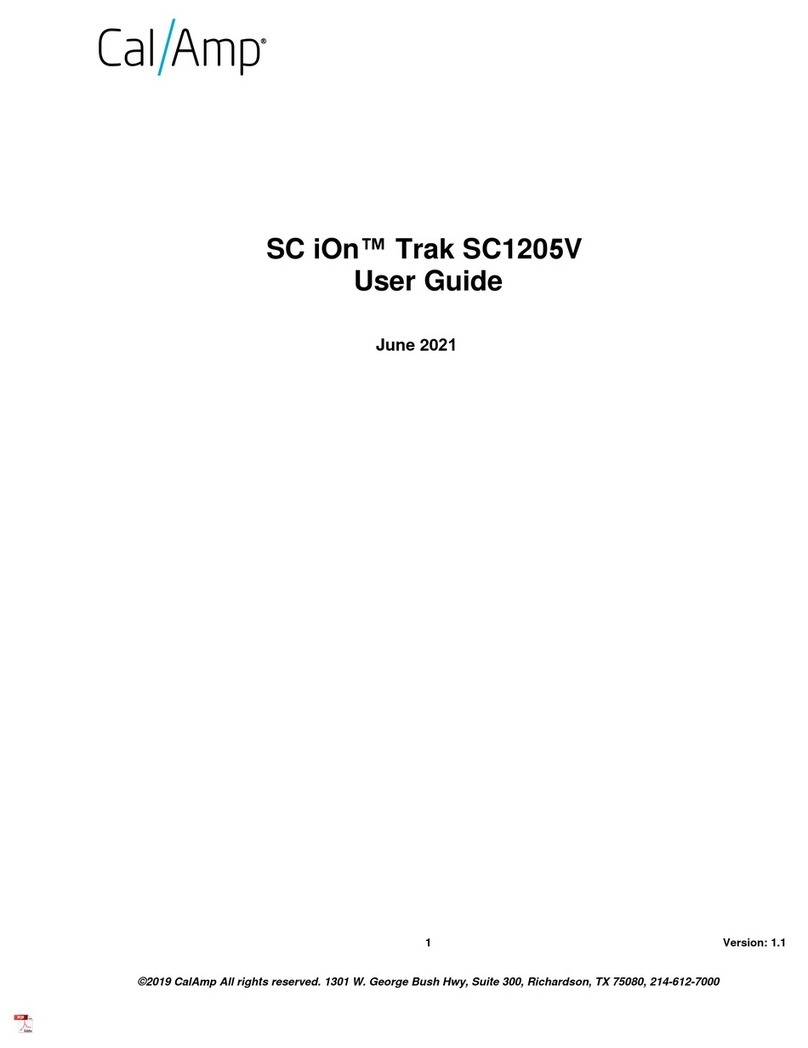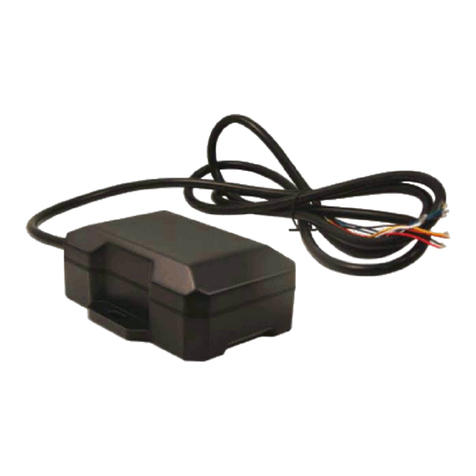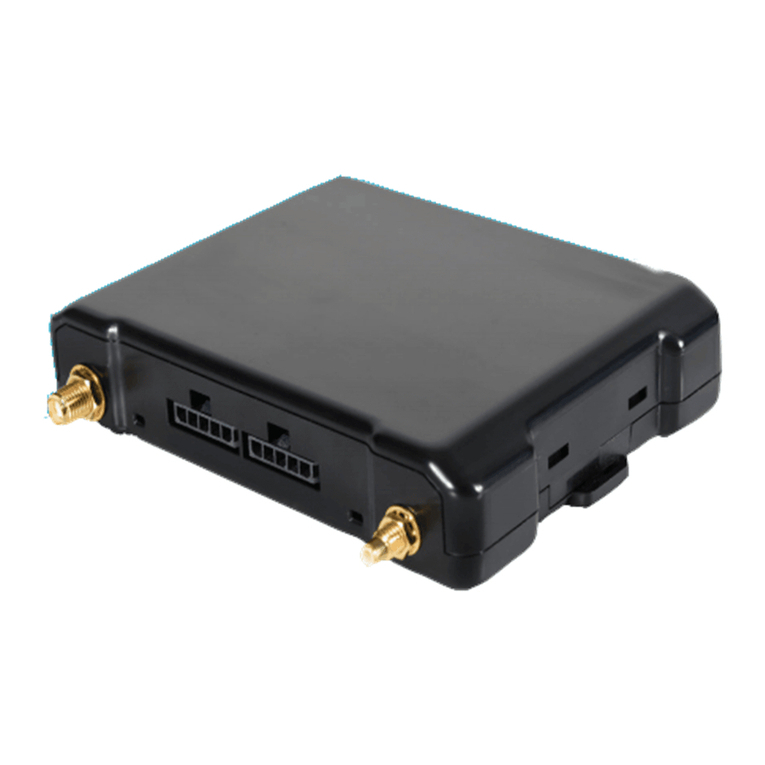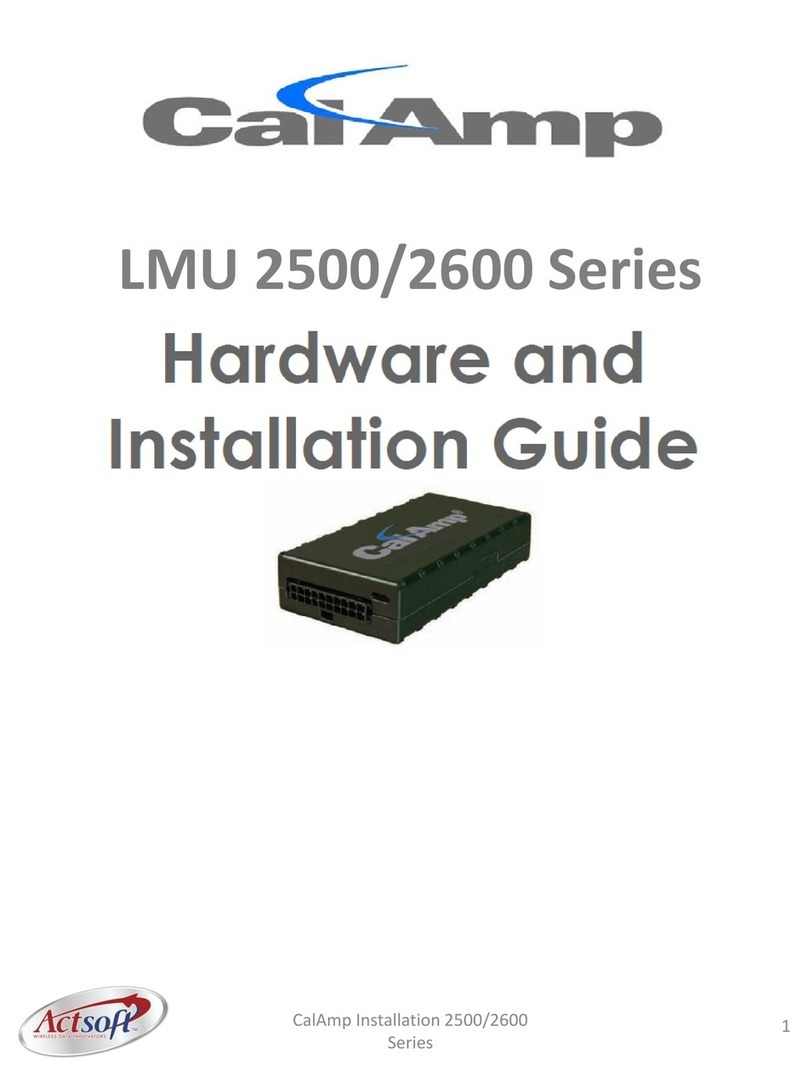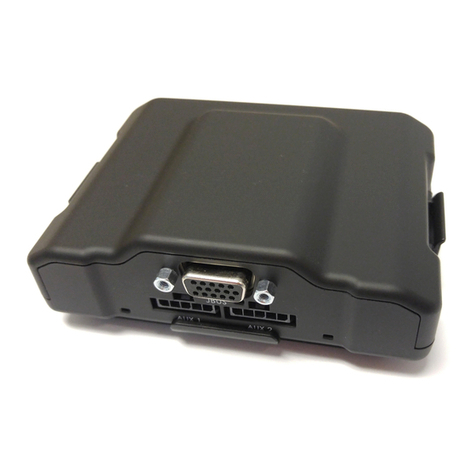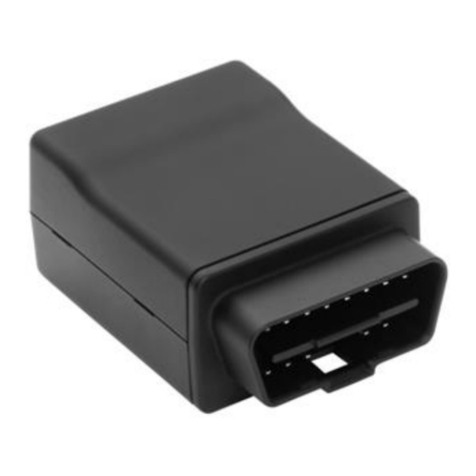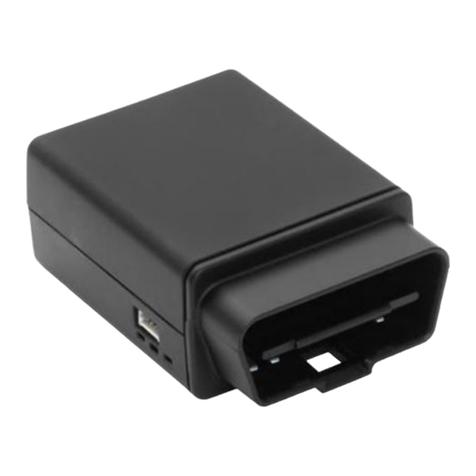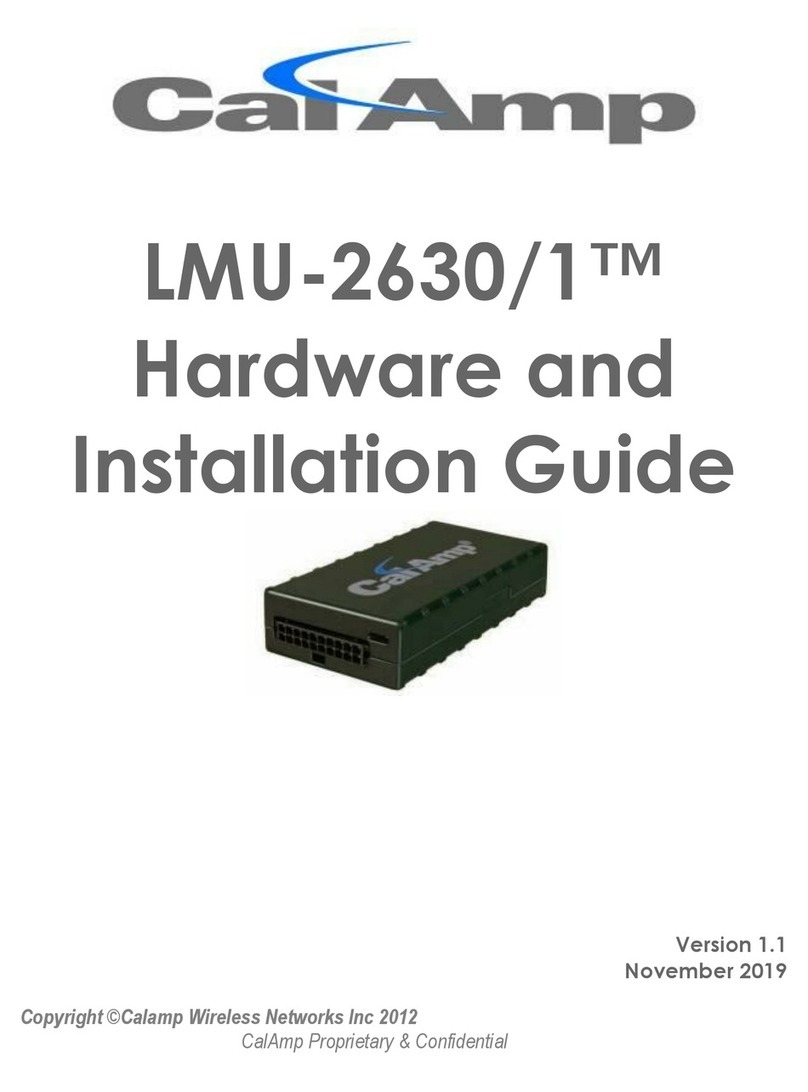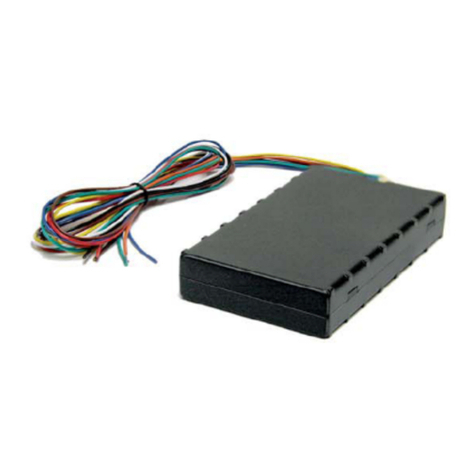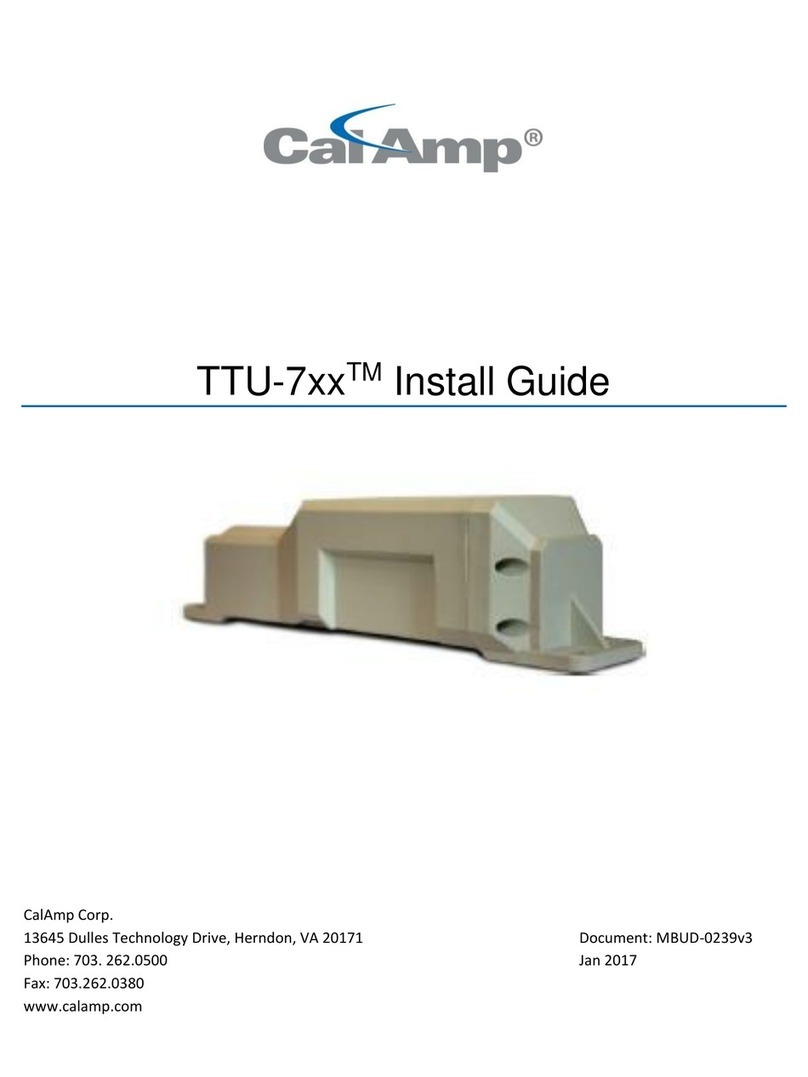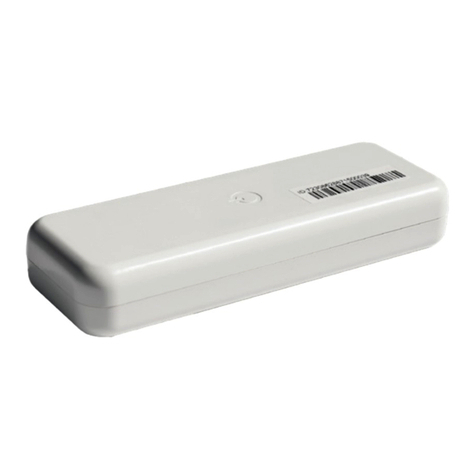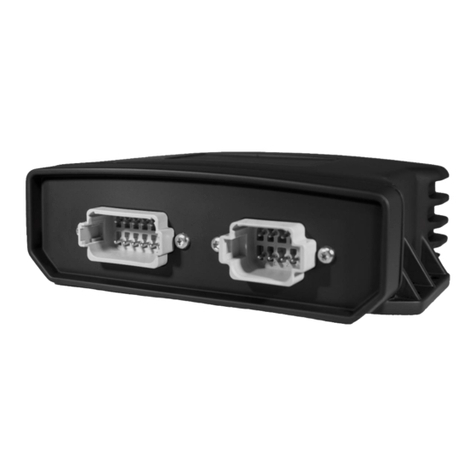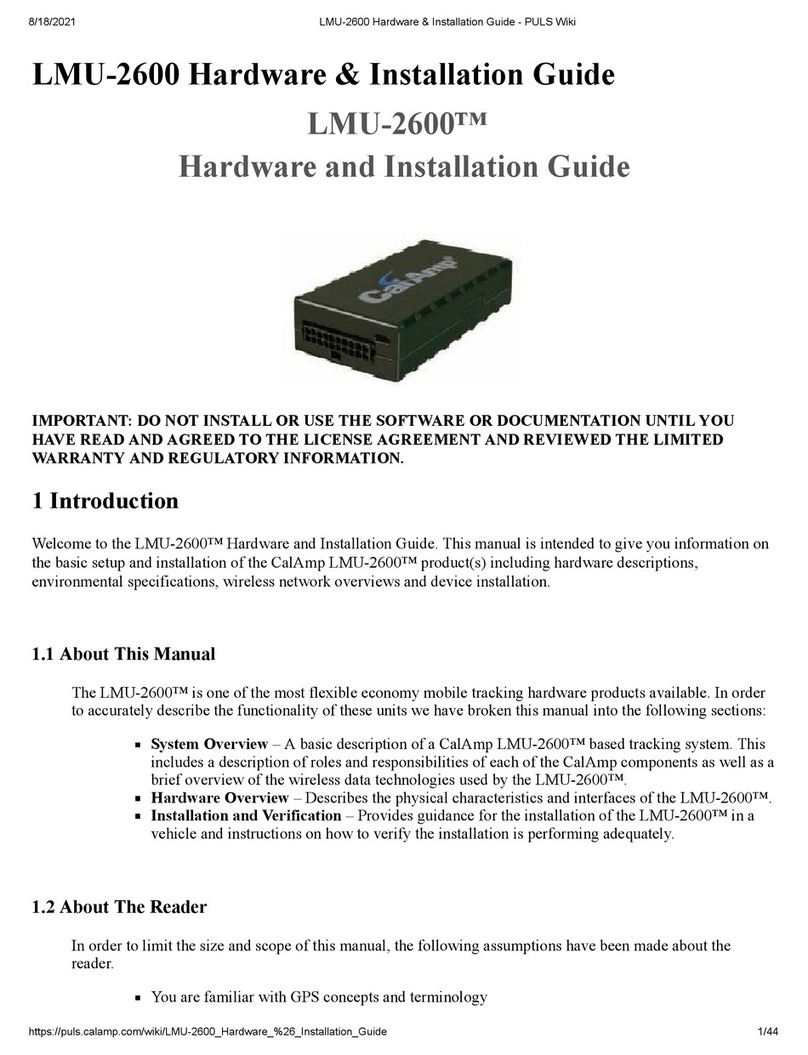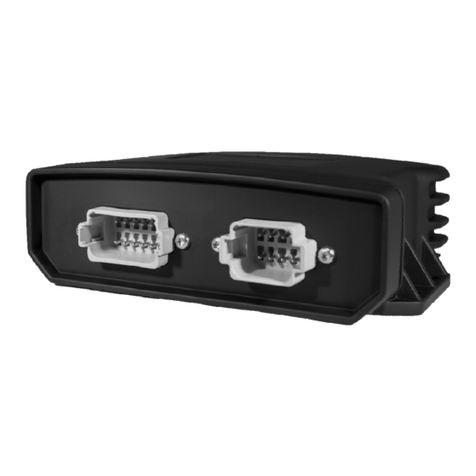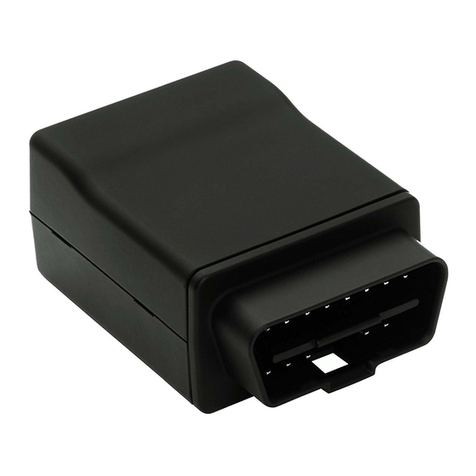(DBS) outdoor customer premise equipment to the U.S. satellite television market. The Company also
provides wireless data communication solutions for the telemetry and asset tracking markets, private wireless
networks, public safety communications and critical infrastructure and process control applications. For
additional information, please visit the Company’s website at www.calamp.com (http://www.calamp.com/) .
1.4 About the CalAmp Location Messaging Unit-LMU-5000™
The CalAmp Location and Messaging Unit-LMU-5000™ (LMU-5000™) is a mobile device that resides in
private, commercial or government vehicles. The LMU-5000™ is a single box enclosure incorporating a
processor, a GPS receiver, a wireless data modem, and a vehicle-rated power supply. The LMU-5000™
also supports inputs and outputs to monitor and react to the vehicular environment and/or driver actions.
Flexibility
The LMU-5000™ features CalAmp's industry leading advanced on-board alert engine that monitors vehicle
conditions giving you the most flexible tracking device in its class. The PEG™ (Programmable Event
Generator) application supports hundreds of customized exception-based rules to help meet customers'
dynamic requirements. Customers can modify the behavior of the device to meet with a range of applications
preprogrammed before shipment or in the field. Combining affordability and device intelligence with your
unique application can give you distinct advantages over your competition.
Over-the-Air Serviceability
The LMU-5000™ also incorporates CalAmp's industry leading over-the-air device management and
maintenance system software, PULS™ (Programming, Updates, and Logistics System). Configuration
parameters, PEG rules, and firmware can all be updated over the air. Our web-based maintenance server,
PULS™ scripts, and firmware, can all be updated over-the-air. PULS™ offers out-of-the-box hands free
configuration and automatic post-installation upgrades. You can also monitor unit health status across your
customers' fleets to quickly identify issues before they become expensive problems.
2 System Overview
2.1 Overview
The entire purpose behind a fleet management system is to be able to remotely contact a vehicle, determine its
location or status, and do something meaningful with that information. This could include displaying the vehicle
location on a map, performing an address look-up, providing real-time driving directions, updating the vehicles
ETA, monitoring vehicle and driver status or dispatching the vehicle to its next pick up.
These functions, of course, are completely dependent on the capabilities of the vehicle management
application. The role of the CalAmp LMU-5000™ is to deliver the location information when and where it is
needed.
A typical fleet management system based on a CalAmp device includes the following components:
A wireless data network

